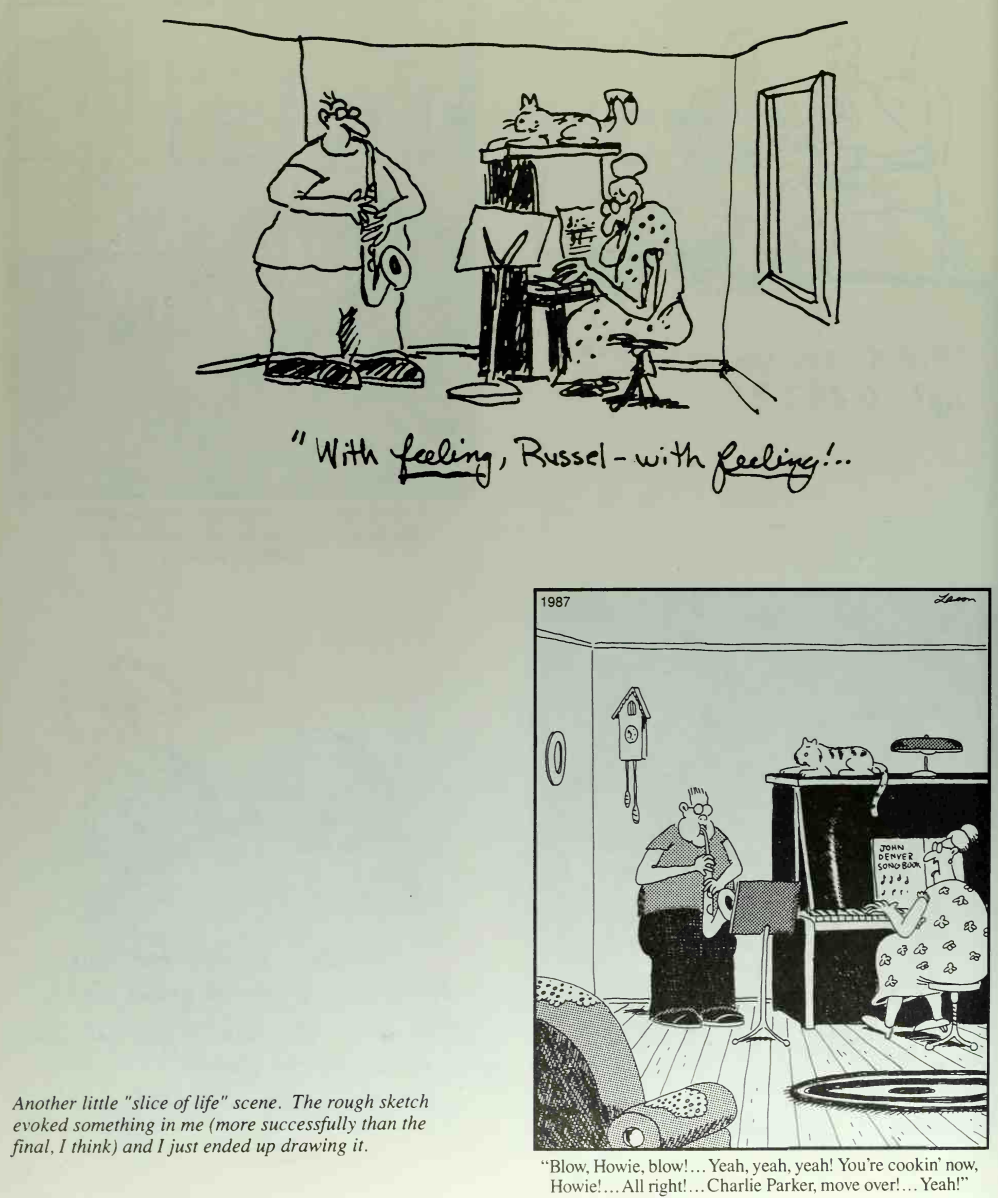- 118 Posts
- 206 Comments

 5·20 hours ago
5·20 hours agoHere’s some more info on I-94:
https://streets.mn/2023/03/13/the-feasibility-of-an-i-94-conversion/
I like the complete reworking as surface-level boulevard option the most. There’s nice things about other options like widening bridges into land bridges, but I think that’s kind of papering over the problem.

 10·20 hours ago
10·20 hours agoThe payroll fraud bit reminds me of this chart:

Which looks like it comes from here:
https://www.tcworkerscenter.org/2018/09/wage-theft-vs-other-forms-of-theft-in-the-u-s/
I could help mod/post. modlog doesn’t make it look like too hard of a job
Speaking of cow tools, next time it comes up in this community, he wrote a bit about the comic and the public response it got that I’ll have to post.
Some background on this comic:

Some background on this comic:


 14·6 days ago
14·6 days agoIt’s pop science, but The Tipping Point explores this sort of thing.
I think we’re also going to see this happen with EVs and gas stations. Gas stations will start closing as EVs become more popular, making it harder to own a gas car, making more gas stations shut down, etc. Gas stations also mostly won’t be converted into charging spots, IMO the most common thing is that places like Target or shopping malls will have chargers, and you’ll charge either at home, or when you’re busy shopping.
What do they think “running the passport number” will do? I’ve seen that in several of these posts. I can’t imagine whoever they got their paper from will have been able to create a number that exists in any system that a cop uses during a traffic stop.

 7·7 days ago
7·7 days agoTotally agree. In this case, it’s plain NIMBYism, but we should make sure to avoid the classic mistake of ignoring any downsides of the new and shiny thing.
 24·7 days ago
24·7 days agoThe two UCC references they list:
https://www.law.cornell.edu/ucc/1/1-201#1-201b37
“Signed” includes using any symbol executed or adopted with present intention to adopt or accept a writing.
https://www.law.cornell.edu/ucc/1/1-304
§ 1-304. Obligation of Good Faith.
Every contract or duty within the Uniform Commercial Code imposes an obligation of good faith in its performance and enforcement.
From what I can understand of this mess, they’re trying to buy a car, or otherwise enter a contract of some sort with Volkswagen. I’m no lawyer, but I’m pretty sure sections like
§ 1-304only mean after you enter a contract, you’re obligated to uphold it. If someone doesn’t want to enter into a contract with you because they don’t like the way you write your signature, it’s their right to tell you to get bent.
Environmental destruction isn’t limited to any particular ideology

 4·8 days ago
4·8 days agoAnother good one is Glasgow -> Glaswegians. Here’s a pretty interesting article about a few odd demonyms:
https://www.atlasobscura.com/articles/demonyms-linguistics-nicknames
The demonym “Glaswegian” comes, linguists think, as an analogy of the Irish city of Galway. “Glasgow” and “Galway” are two fairly similar looking words. And Galway has long had its own analogy with another similar-looking word: Norway. Galway’s demonym is “Galwegian,” as an analogy of “Norwegian.” So “Glaswegian” is a sort of a photocopy-of-a-photocopy of Norwegian. Not something anyone could ever guess!
Is there a joke here beyond “farmer is improbably in a business meeting”? I couldn’t find a meaning for sodbuster that added anything, nor did I see any common 90’s business slang about farming.
What is !steamdeck@lemmy.world doing over with the red dots 🤔
I read that and was prepared to have my mind blown. Not really impressed, though. That article says this:
And you can literally say anything about North Korea, the most absurd thing you could imagine, and people would believe it.
That links to this article, which says:
The country has been in the news of late, as ongoing negotiations between the Trump and Kim Jong-un administrations appear to have soured. The chief casualty of this diplomatic failure, the New York Times (5/31/19) breathlessly reported, was Kim Jong-un’s negotiating team, with the vice chair of the North Korean Workers’ Party, Kim Yong-chol, being sent to a forced labor camp in “the latest example of how a senior North Korean official’s political fortune is made or broken at the whims of Kim Jong-un.”
The linked NYT article says this:
Now, he has suddenly become the latest example of how a senior North Korean official’s political fortune is made or broken at the whims of Kim Jong-un. This week, leading South Korean newspapers reported Kim Yong-chol’s fall from grace. One of them, the conservative daily Chosun Ilbo, went so far as to report that Mr. Kim had been banished to forced labor, with many of his negotiating team members either executed or sent to prison camps.
South Korean officials and analysts cautioned that it was too early to say with precision what was happening inside Kim Jong-un’s opaque regime. South Korean news media offered differing conjectures, including whether Kim Hyok-chol, the North’s special nuclear envoy to the United States, had been executed by firing squad in March, as the Chosun Ilbo reported, or was still under interrogation.
But they all agree on one thing: Kim Yong-chol and his negotiating team, which had driven Kim Jong-un’s diplomatic outreach toward Washington, have been sidelined, as the North Korean leader sought a scapegoat to blame for his disastrous second summit meeting with Mr. Trump, held in Hanoi, Vietnam, in February.
That seems pretty reasonable? It says that the official has found disfavor, says what one other paper reported with language of “went so far as to report”, and also notes that it’s hard to say for sure because North Korea is very opaque.
The FAIR article then says:
There was one problem: Kim Yong-chol appeared only a few days later at a high profile art performance alongside Kim Jong-un.
Yeah, that’s hard evidence he wasn’t executed, but that’s about it. Situations like this can change on a whim in a dictatorship. Maybe Kim Jong-un had a good breakfast and decided that the official’s forced labor could be done.
FAIR also says this in that article:
North Korea is also a favorite location for wacky and easily disprovable stories. The BBC (3/28/14) originally reported that all men were required to wear their hair like Kim Jong-un, with other haircuts banned.
The BBC article has a correction that it’s university students and not all men (which is missing from the FAIR article), so is that true? And it’s weird to say that stuff like that is wacky when stuff like this apparently happens:
A second, and unprecedented, TV series this winter showed hidden-camera style video of “long-haired” men in various locations throughout Pyongyang.
In a break with North Korean TV’s usual approach, the programme gave their names and addresses, and challenged the fashion victims directly over their appearance.
That looks legit, with footage on youtube. Is there any reason to think that’s fake? That certainly confirms my mental model of North Korea as a wacky dictatorship if it’s true.
EDIT: FAIR’s other statements in that article are dunking on the worst possible interpretations of what people say, which just makes FAIR seem like it has a chip on its shoulder about North Korea for some reason. I’d take what they say about North Korea with a grain of salt.

 55·18 days ago
55·18 days agowe believe revolution is the solution
Yes, that’s the issue.
smug liberal enlightened centrist argument
That’s on you for assuming that just because you don’t like an argument it must be those smug libs.
tankies of being bootlickers and what not: we
I didn’t call you a tankie, you self-identified as one
Do I see smug pricks like yourself going around calling his ass a cultist? No!
I call out silliness when I see it, but most lib stuff that I come across is of the bland, inoffensive variety. I haven’t been checking this entire thread for everyone that’s wrong, I’ve spent enough time on this already.

 55·18 days ago
55·18 days agoThe easiness of the solution isn’t how much work is involved. By “neat and easy” I mean, “The root of all evil is capitalism and we solve that with revolution”.
Black and white thinking pops up again. Why do you think I think socialist states are evil? Why do you think I think everything America does is reasonable?
It’s another cult-like behavior that is rampant with tankies. “This person thinks this, so I will assign these other views to them as well, so that I may dunk on them”.

 56·18 days ago
56·18 days agoSo here’s the thing. Hexbear has some smart people on it. @PugJesus@lemmy.world wrote a good comment over here that talks about how it’s good that they can see injustices in the world and get pissed off: https://lemmy.world/comment/12220633
But cults suck in smart people, and they’re very skilled at this. They feed off of righteous anger at the state of the world, and promise neat, easy solutions. And the issue is that you can’t reason someone out of a position they didn’t reason themselves into, especially people that suffer from black and white thinking. You can’t talk about how the world doesn’t neatly fit into tidy categories, because that’s not as comforting as what the cult offers. The only thing you can really do is reinforce that they’ve fallen into a broken system of thinking, and encourage them to want to reason themselves out of their current position. Once that desire is there, they’ll accomplish it all on their own.



















Let’s give them voting rights